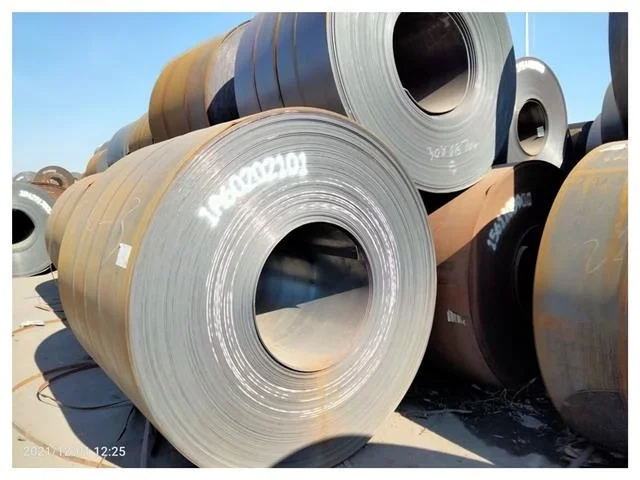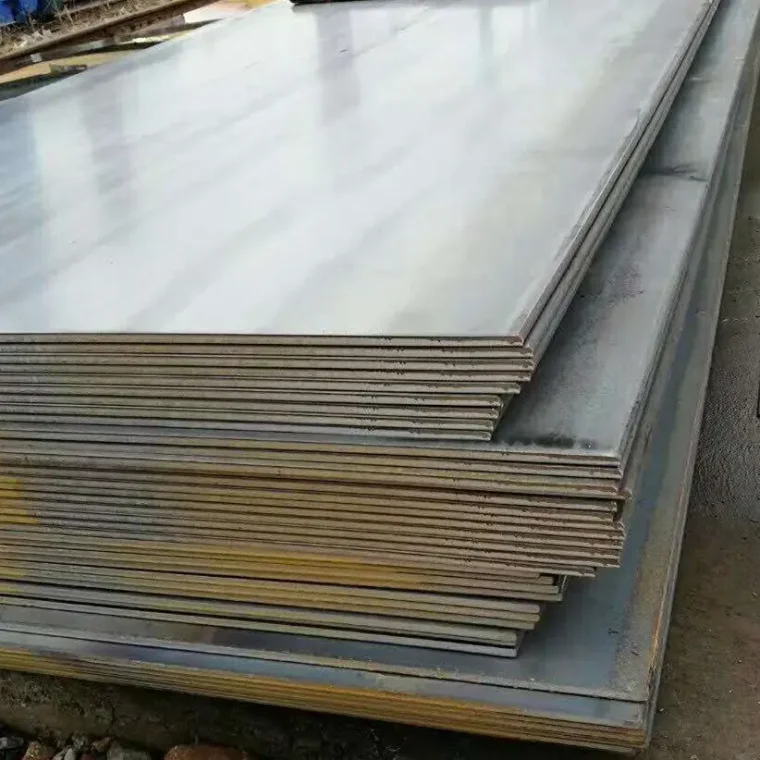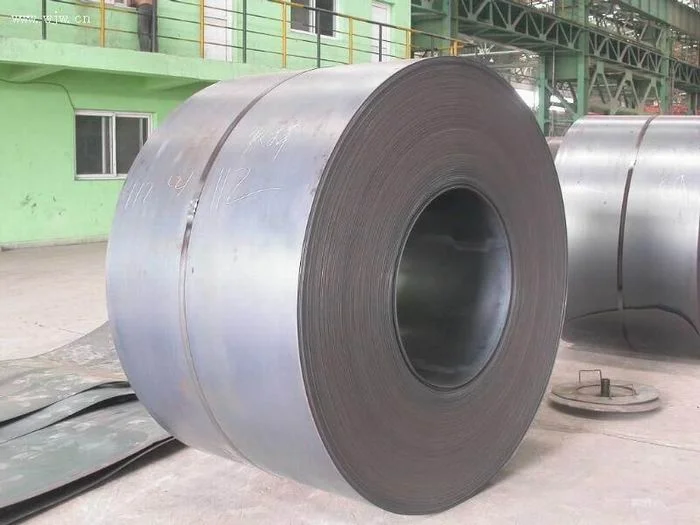Hot rolled coil (HRC) is a critical component in the steel industry, serving as a foundational material for numerous applications across various sectors. Understanding its production process, properties, and applications is essential for professionals in industries ranging from construction to automotive manufacturing. This blog will delve into the basics of hot rolled coil, providing a comprehensive overview of what you need to know about this versatile steel product.
What is Hot Rolled Coil?
Hot rolled coil is a type of steel product that is manufactured through a specific process involving heating and rolling. It is characterized by its wide and flat shape, typically coiled after rolling, making it easier to transport and store. The "hot rolled" term refers to the method of producing the steel at high temperatures, which gives it unique properties compared to other steel products.

Production Process
The production of https://www.xs-metals.com/Hot-rolled-coilinvolves several key steps:
Heating: The process begins with large rectangular slabs of steel, known as billets or blooms. These slabs are heated in a furnace to temperatures above 1700°F (926°C), making the steel malleable.
Rolling: Once heated, the steel slabs are passed through a series of rolling mills. These mills reduce the thickness of the steel and shape it into a long, thin strip. The rolling process also helps to eliminate imperfections in the steel, resulting in a smoother surface.
Cooling: After rolling, the steel strip is cooled using air or water sprays. The cooling process is crucial, as it affects the mechanical properties of the final product.
Coiling: Finally, the cooled steel strip is wound into large coils, ready for transportation and further processing.
Properties of Hot Rolled Coil
Hot rolled coil has several distinct properties that make it suitable for a wide range of applications:
Ductility: The high-temperature rolling process imparts excellent ductility to the steel, allowing it to be easily formed and shaped.
Toughness: Hot rolled coil is known for its toughness and ability to withstand stress without fracturing.
Surface Finish: While the surface finish of hot rolled coil is not as smooth as cold rolled steel, it is sufficient for many applications where aesthetic appearance is not a primary concern.
Cost-Effectiveness: Due to its simpler production process, hot rolled coil is generally more cost-effective than cold rolled steel.
Applications of Hot Rolled Coil
Hot rolled coil is utilized in a wide array of industries, thanks to its versatile properties and cost-effectiveness. Here are some of the most common applications:
Construction Industry
In the construction industry, hot rolled coil is often used for structural components such as beams, columns, and girders. Its strength and durability make it an ideal choice for building large structures like bridges and skyscrapers. Additionally, it is used in the production of reinforcing bars (rebar) for concrete reinforcement.
Automotive Industry
The automotive industry relies heavily on hot rolled coil for manufacturing various components, including chassis, wheels, and frames. The material's ductility allows it to be easily shaped into complex parts, while its toughness ensures these components can withstand the rigors of daily use.
Manufacturing and Machinery
Hot rolled coil is a staple in the manufacturing sector, used to produce equipment and machinery for a wide range of applications. From agricultural machinery to industrial equipment, its versatility and strength make it a preferred choice for fabricating durable and reliable products.
Oil and Gas Industry
In the oil and gas industry, hot rolled coil is used for pipelines, storage tanks, and other infrastructure components. The material's ability to withstand high pressures and temperatures makes it suitable for transporting and storing petroleum products safely.

Advantages of Hot Rolled Coil
Understanding the advantages of hot rolled coil can help industries make informed decisions about its use:
Cost-Effectiveness
One of the primary advantages of hot rolled coil is its cost-effectiveness. The production process is less complex and energy-intensive compared to cold rolling, resulting in lower manufacturing costs. This makes hot rolled coil an economical choice for many applications, particularly in industries where large quantities of steel are required.
Versatility
Hot rolled coil is a highly versatile material, suitable for a wide range of applications. Its ability to be easily formed and shaped makes it ideal for manufacturing various components, from simple structural elements to complex machinery parts. This versatility is a significant factor in its widespread use across different industries.
Strength and Durability
The strength and durability of hot rolled coil are key advantages that make it a preferred choice for applications requiring robust materials. Its toughness ensures that it can withstand significant stress and pressure without breaking or deforming, making it ideal for demanding environments such as construction and oil and gas.
Availability
As a widely produced steel product, hot rolled coil is readily available in the market. Its popularity and extensive use mean that manufacturers can easily source the material in large quantities, reducing lead times and ensuring a steady supply for ongoing projects.

Factors to Consider When Selecting Hot-Rolled Coil
Surface Finish
The surface finish of hot-rolled coil is not as smooth or refined as that of cold-rolled steel. This can be a disadvantage in applications where appearance is important, such as consumer products or certain automotive parts. However, for many industrial and architectural applications, surface finish is not a consideration.
Dimensional Accuracy
Due to the nature of the manufacturing process, the dimensional accuracy of hot-rolled coil may be slightly less than that of cold-rolled products. This can be a problem in applications that require tight tolerances or precise dimensions. In these cases, additional machining or finishing may be required to achieve the desired specifications.
Residual Stress
The cooling process in hot rolling introduces residual stresses into the material. These stresses can affect the performance and stability of the finished product, especially in applications where precise mechanical properties are critical.
Conclusion
Hot rolled coil is a fundamental component of the steel industry, offering a versatile, cost-effective, and durable solution for a wide range of applications. Its production process, properties, and advantages make it a valuable material for industries such as construction, automotive, and manufacturing. By understanding the basics of hot rolled coil, industry professionals can make informed decisions about its use, ensuring that this essential steel product continues to meet the needs of a rapidly changing world. As technological advancements and sustainable practices shape the future of hot rolled coil production, its importance is likely to grow, supporting the development of infrastructure and industry worldwide.








